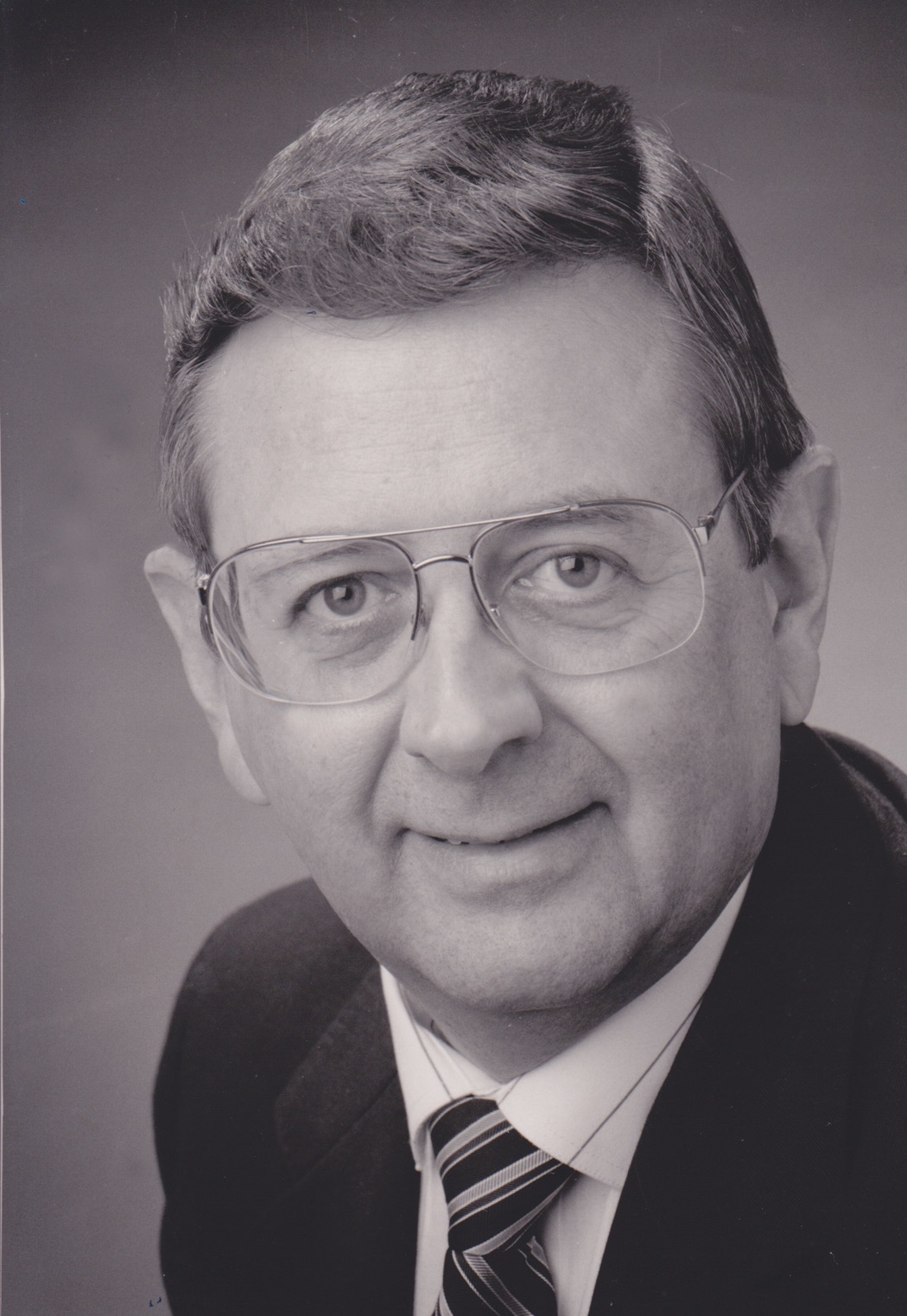Wesson P. Sargent

Foil: 64 Panel: 4 Column: 3 Line: 11
Wall of Honor Level: Air and Space Friend
Honored by:
Mark Sargent
Wesson Sargent began his interest in aviation while growing up in Windsor Locks, a small town in Connecticut. During WWII he lived near an airbase where pilots were training for combat. He could go into his backyard and watch P-47 Thunderbolt pilots dog fighting in mock combat in the skies overhead. At one point, his parents rented a room in their house to a Canadian Air Force pilot officer who “put him thru the traces” of the training using a cardboard mock-up of the fighter’s cockpit. It made an indelible impression on him.
In the summer before Sargent attended MIT to study engineering, he worked at the local airport for Transocean Airlines as a dispatch clerk. For two summers during college he worked at Pratt & Whitney Aircraft where he contributed to J57 and J75 jet engine programs and others that were still in development.
After graduating from college in 1959, he was hired by Northrop Corporation in Hawthorne, CA. where he contributed to the development of the cabin air conditioning and fuel systems of the F-5 Tiger and T-38 trainer in the test
lab. Sargent was also asked to participate in a design task to develop in
anti-foreign-object-damage screen for the air intake of the intercontinental
missile: the “SNARK”, a jet powered missile developed to evade radar detection by flying at tree-top level. He later worked for Hoffman Electronics helping to develop sonobouys for the U.S. Navy’s anti-submarine effort. Soon after, he was hired by Hughes Aircraft Company to develop thermoelectric cooling for infrared detectors, a field to which he contributed for much of his subsequent career. While at Hughes, he designed and developed portions of several gimbaled gyro-stabilized platforms for various electro-optical sensors including those mounted on the P-2V Neptune and A-6E Intruder, as well as the UH-IC Iroquois helicopter. He helped design, develop and take into production the AN/APG-63 radar for the F-15 Eagle in the early 1970’s and worked on components of the TOW missile, the ground and helicopter TOW launcher, and the Phoenix Program infrared (IR) search/track guidance unit.
Sargent was often called upon throughout his career to update equipment in order to improve the manufacturability by applying the principles of Value Engineering. For a while in the 1960’s he helped in the development of an optical tracker for the APOLLO moon landing program that would allow the moon lander, after it left the surface of the moon, to re-connect with the orbiting lunar module in preparation for return to earth.
In 1980, Sargent was selected to transfer to a subsidiary of Hughes Aircraft, the Santa Barbara Research Center (SBRC). There he became Unit Engineer for the design, testing, and evaluation of the infrared detector for the AGM-65D IR Maverick air-to-ground missile, designed to be a “tank buster” for possible future ground conflict. As the missile approached full production, Sargent was promoted to Program Manager and spearheaded improvements for cost, schedule, manufacturing ease, and specification performance. During his tenure over 13,000 units where delivered by SBRC to the U.S. Military.
At the close of the Cold War, with less need for missiles, Sargent was tasked with a redesign to improve the production capability of the prime focal plane detector array for the Landsat 7-ETM earth-mapping satellite, which was successfully launched in April 1999 and is still in use today. Wesson Sargent retired in 1994, after more than 35 years in aerospace.
Wall of Honor profiles are provided by the honoree or the donor who added their name to the Wall of Honor. The Museum cannot validate all facts contained in the profiles.
Foil: 64
All foil images coming soon.View other foils on our Wall of Honor Flickr Gallery
